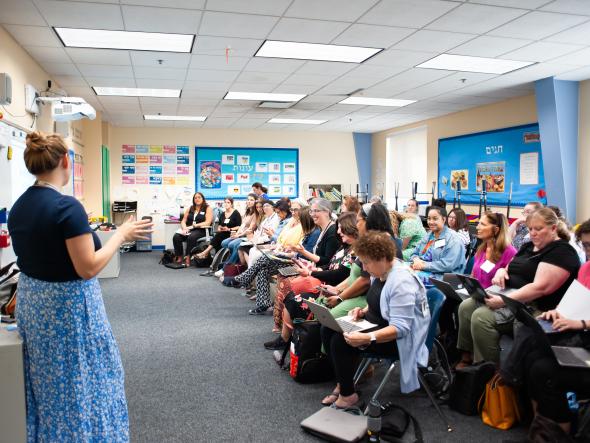Earlier this year, Jewish day school leaders across North America, alongside their colleagues in other educational systems, found themselves needing to react to the sudden emergence of an accessible AI tool—which, for an education world still feeling the long-tail effects of the pandemic, had all the appearances of another major hurdle to overcome.
The initial reaction to ChatGPT in many schools was to blacklist it, and though this remains the policy in some places, my colleagues and I at Future Design School—who have been working with school leaders across North America on strategies to embed AI—are starting to see a promising shift on two important fronts. First, forward-thinking school leaders are recognizing that yes, AI does change everything, but they’re using this moment of transformation to reexamine the very essence of education. As a result, teaching and learning itself is adapting to and adopting AI—and rightly so, since the rapid evolution of machine learning is disrupting every employment and economic sector, and making it clear that many of the skills today’s students are developing in schools are dangerously out of date.









